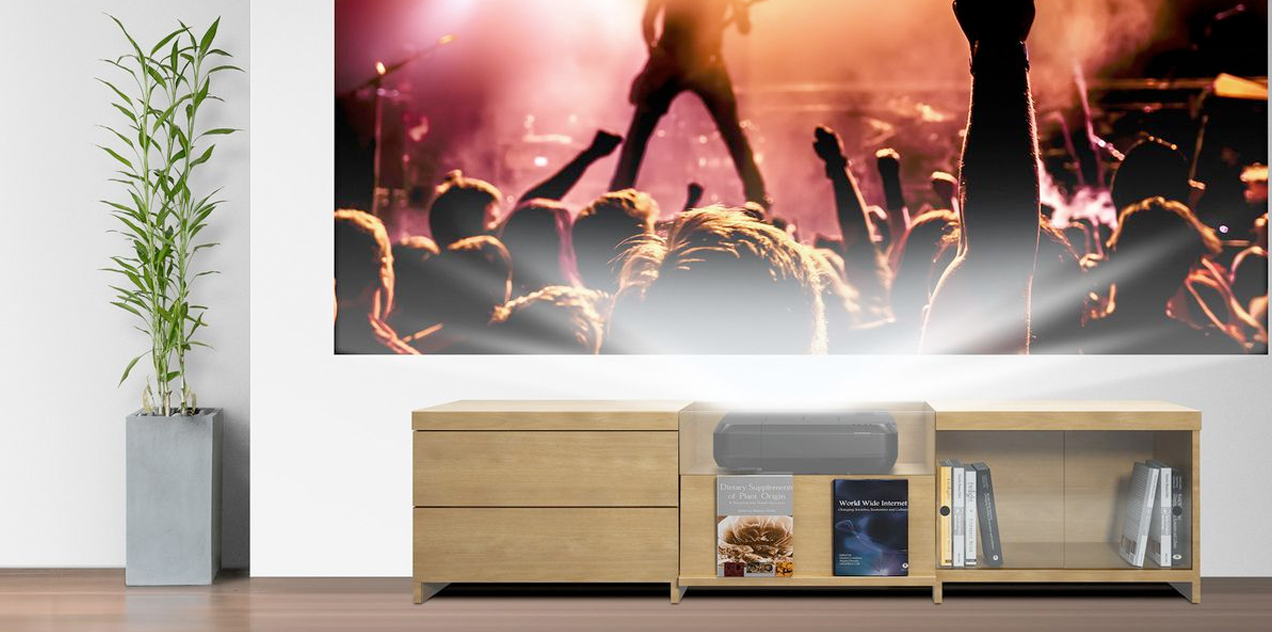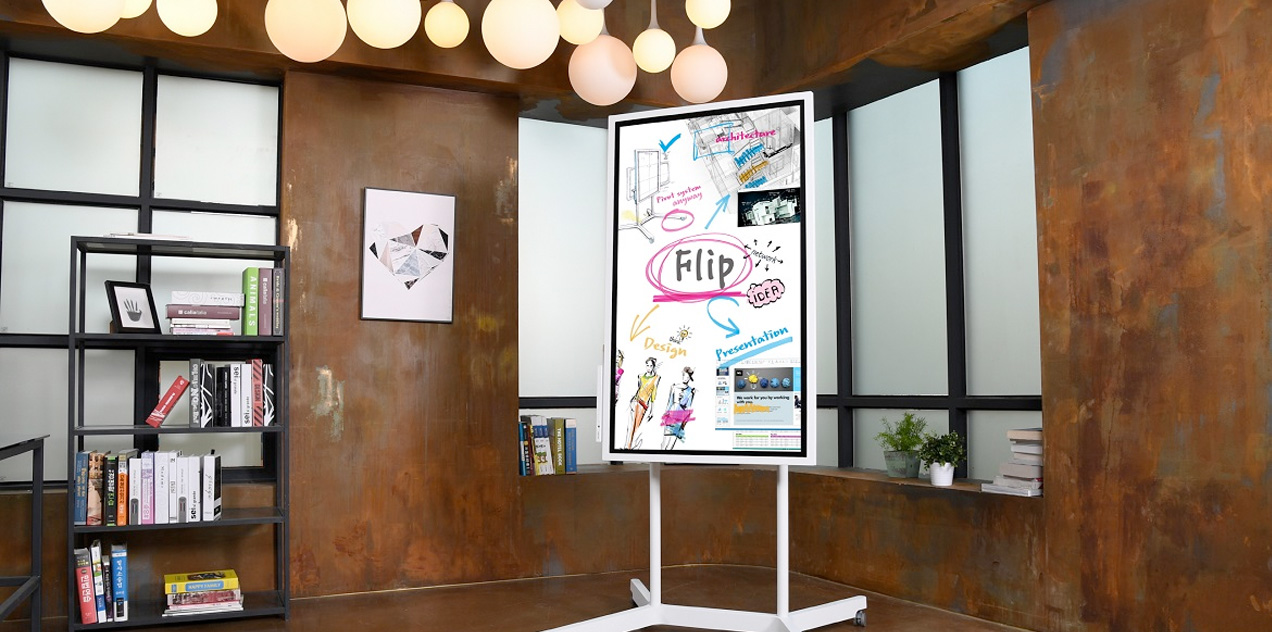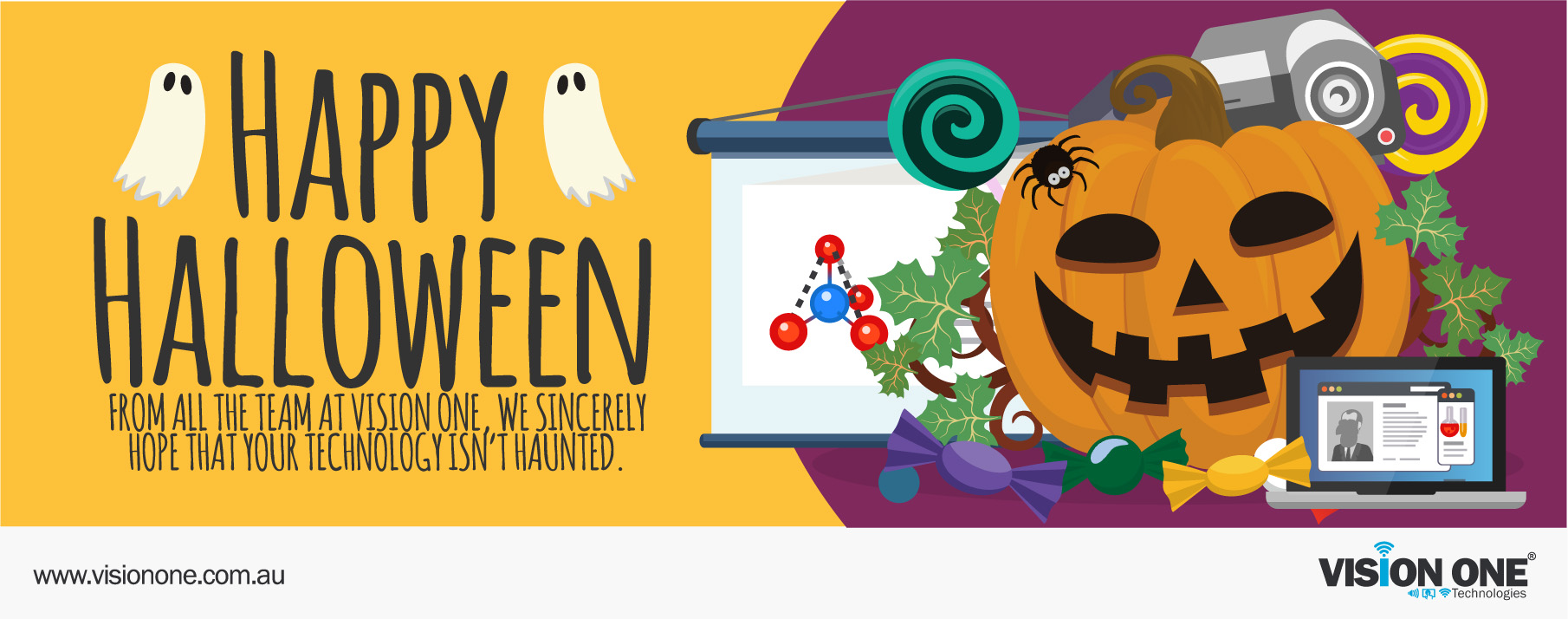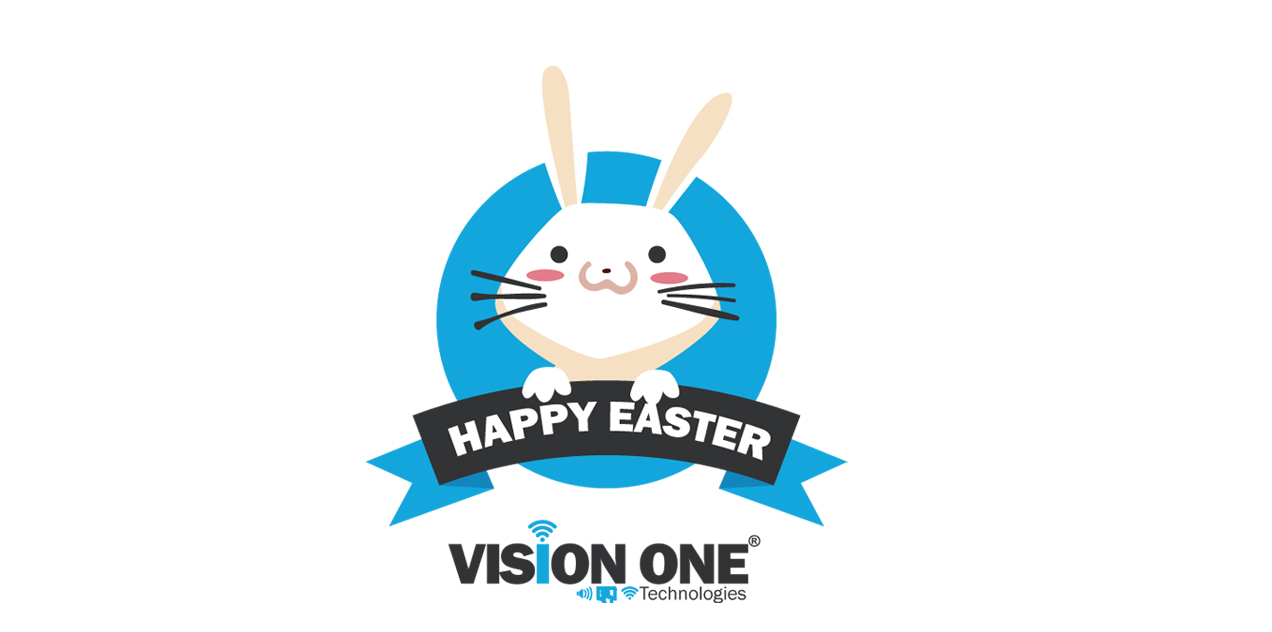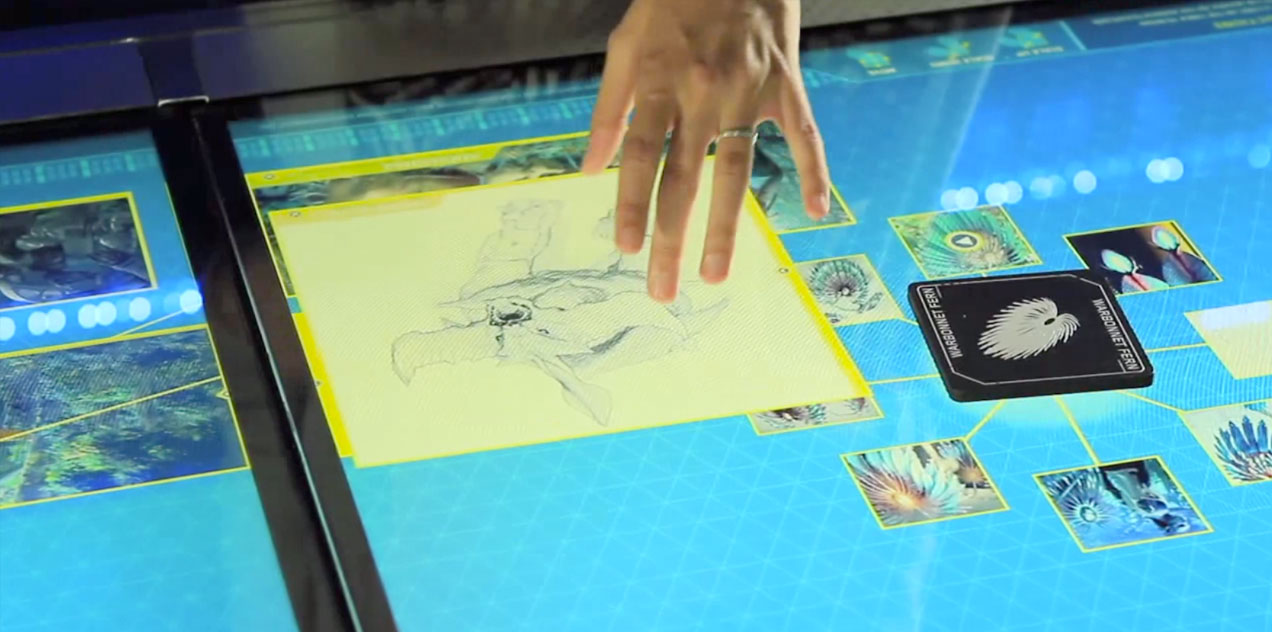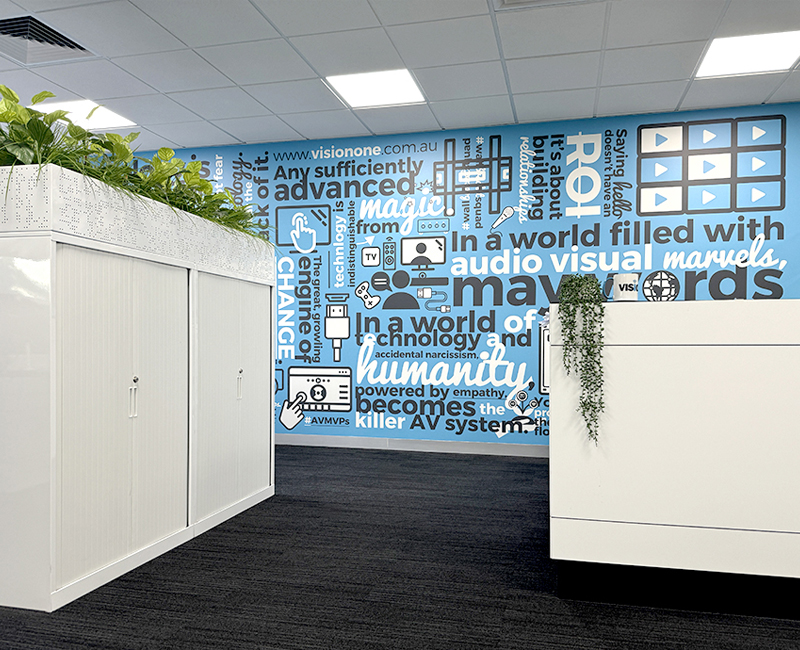2024’s Spectrum of AV: Tune-Up of Commercial and Education Technology
Welcome to the ever-evolving world of audio visual (AV) technology, where classrooms hum with innovation...
BenQ’s Interactive Flat Panel Display Scores TCEA Best of Show Award
The following article has been re-posted from www.tvtechnology.com BenQ, an internationally renowned provider of visual display...
Industry Report Suggests Demand for Ultra Short Throw to Remain Strong
The following article has been re-posted from thehonestfacts.com. An up to date business intelligence report...
10 Things Every Touchscreen Buyer Should Know
via @iBoardTouch: Just like with purchasing a house, buying a touchscreen can be a daunting...
Introducing ‘Flip’: Samsung’s Giant Digital Whiteboard
via @Gizmodo: Samsung has a vision for a "workplace of the future" - and it...
Happy Halloween From the Team at Vision One!
Vision One expresses its scariest wishes to our clients and their families over the #Halloween...
Welcome Aboard Kevin Allen!
It might seem as if we've exhausted the collective AV prowess out of New Zealand...
Happy Easter From the Team at Vision One!
Vision One expresses its warmest wishes to our clients and their families over the #Easter...
Interactive Display Market Worth $15 Billion by 2020
According to a new market research report "Interactive Display Market by Product (Interactive Kiosk, Whiteboard,...
Want to see something futuristic? – Amazing 3D Display Projects Images Into Mid-Air, No Screen Needed!
You’ve probably seen projectors that can create images that seem to float in mid-air by...


